Ever attempted to create a mouthwatering dish by faithfully following a recipe only to end up with a disappointing outcome? We’ve all been there at some point. Perhaps you’ve made common cooking errors that have affected the flavor of your beloved dish. At Bright Side, we delved into these mistakes and their impact on the outcome of your cooking.
Overloading the pan

Keep in mind that if you desire a mouthwatering crispy exterior on your meat, you must allow it enough room to brown. Otherwise, if overcrowded, the meat will end up boiling instead.
Cooking meat using a non-stick pan

Another common reason for unsuccessful meat cooking with a crispy crust is the use of non-stick frying pans. This type of cookware typically heats up less than traditional pans, making it more suitable for preparing omelets and pancakes rather than meat. When cooking meat, consider using a grill pan or a cast iron pan for better results.
Not salting water for pasta

One essential guideline for perfect pasta cooking is to add salt to the boiling water. Without sufficient salt, the pasta may end up lacking flavor, and no amount of sauce can compensate for this. If you’re unsure about the proportions, here’s a useful tip: aim for one tablespoon of salt for every 300 grams of pasta.
Frying with olive oil

When exposed to high temperatures, olive oil loses its nutritional benefits and begins to smoke, which can greatly diminish the flavor of your food. Hence, it’s preferable to use olive oil for dressing salads and opt for refined sunflower oil when frying.
Measuring the amount of dry ingredients using a glass

A lot of people tend to use a glass or a cup to measure the amount of ingredients for dough without considering that it holds different volumes of dry and liquid products. Keep in mind that precision is essential in baking, and it’s important to follow the measurements accurately. If you don’t have all the weights and measures memorized, consider utilizing a designated measuring cup and kitchen scales to ensure accuracy.
Not preheating the pan enough before cooking

Seasoned chefs advise waiting an extra two minutes before cooking to ensure that the pan is sufficiently hot. A well-preheated frying pan is essential for cooking vegetables and achieving a crispy crust on meat.
Overfrying garlic

Most recipes suggest that garlic should be added at the end of the cooking process or even removed from the dish after 2-3 minutes of cooking. Garlic contains far less water than any other vegetable, and it burns very quickly. When overcooked, garlic can add an unpleasant taste to your dish.
Throwing frozen meat on the pan

Before cooking meat, it is important to allow it to come to room temperature for a few hours. Allowing the meat to rest at room temperature ensures that it will be heated evenly. In contrast, if frozen meat is used, it may appear to be cooked on the outside but will still be raw inside. This same principle applies when baking meat in the oven.
Eating meat right after it has been cooked
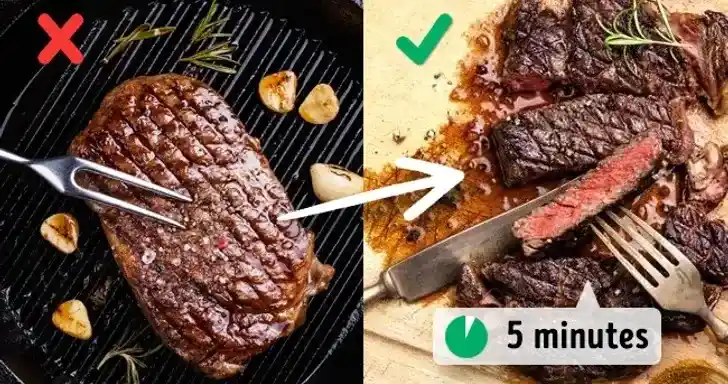
It’s best to resist the temptation to immediately dig into your cooked meat dish, even if you’re eager to try it. Taking a few minutes to allow the meat to rest will result in a more impressive taste when you finally indulge. So be patient and let the flavors fully develop before taking the first bite.
Storing every product in the refrigerator
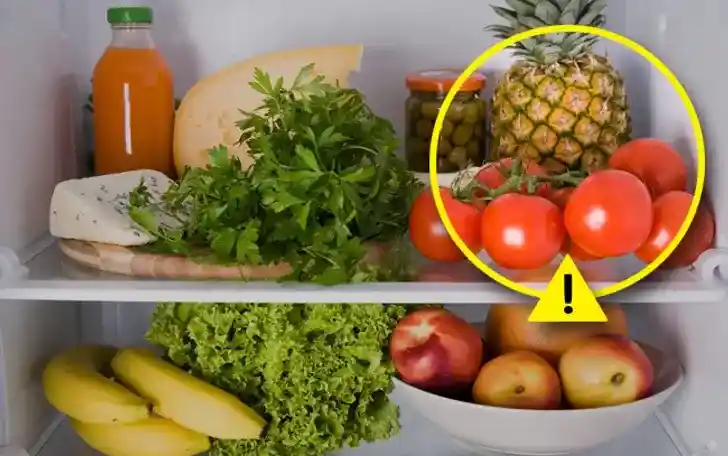
Keeping all your food in the refrigerator is not recommended. Tomatoes, onions, garlic, potatoes, zucchini, eggplants, as well as tropical fruits like kiwi and mango, are more flavorful when stored at room temperature. Refrigerating these items can result in loss of freshness and quicker spoilage. Therefore, it’s best to keep them in a warmer environment.
Constantly flipping your food
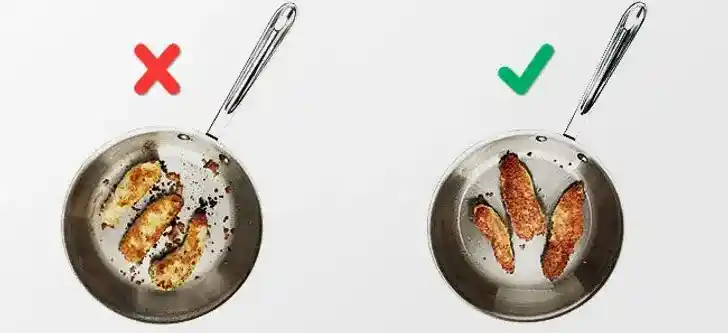
It’s not necessary to flip your meat too often while cooking. You may end up with dried meat or unattractive fish with no coating. Just leave your future masterpiece in the pan, and don’t disturb it too often — that’s one golden rule of any chef.
Overboiling eggs

Have you encountered a gray substance instead of the usual yolks and whites that taste rubbery? This issue has nothing to do with the egg’s quality, but most likely indicates that the eggs were overboiled. To achieve the desired color and texture, it’s crucial to remove the eggs from heat as soon as the water comes to a boil and then let them sit in hot water with the lid on for approximately 10 minutes. This method will ensure that the egg whites and yolks attain the right consistency and color.

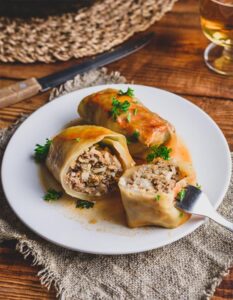
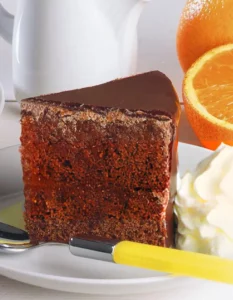
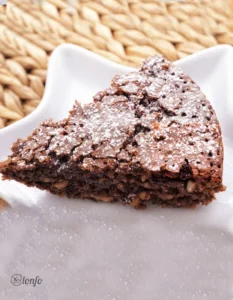
thank you
This site gives many useful tips on cooking meat and storage of food.
thank you for your continued support and sharing of your knowledge.